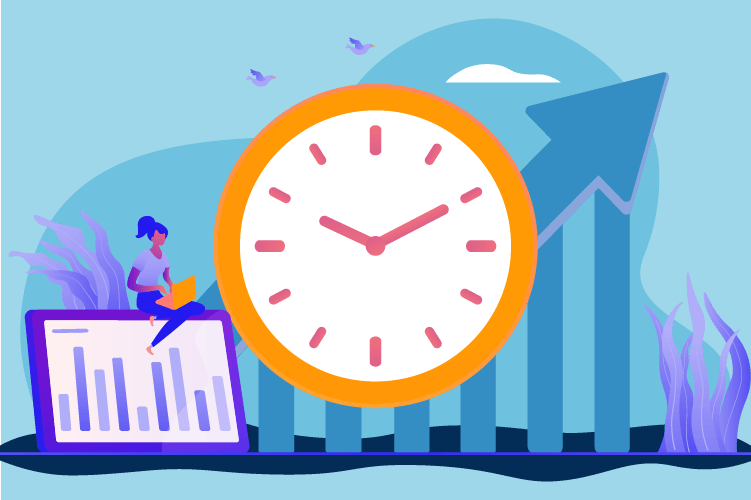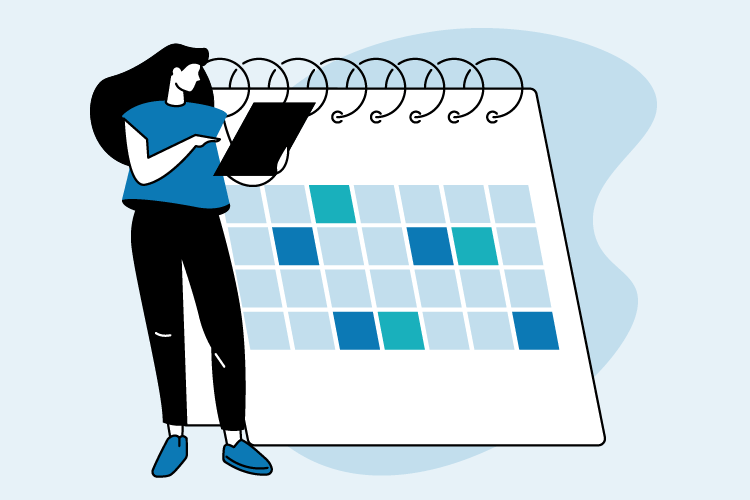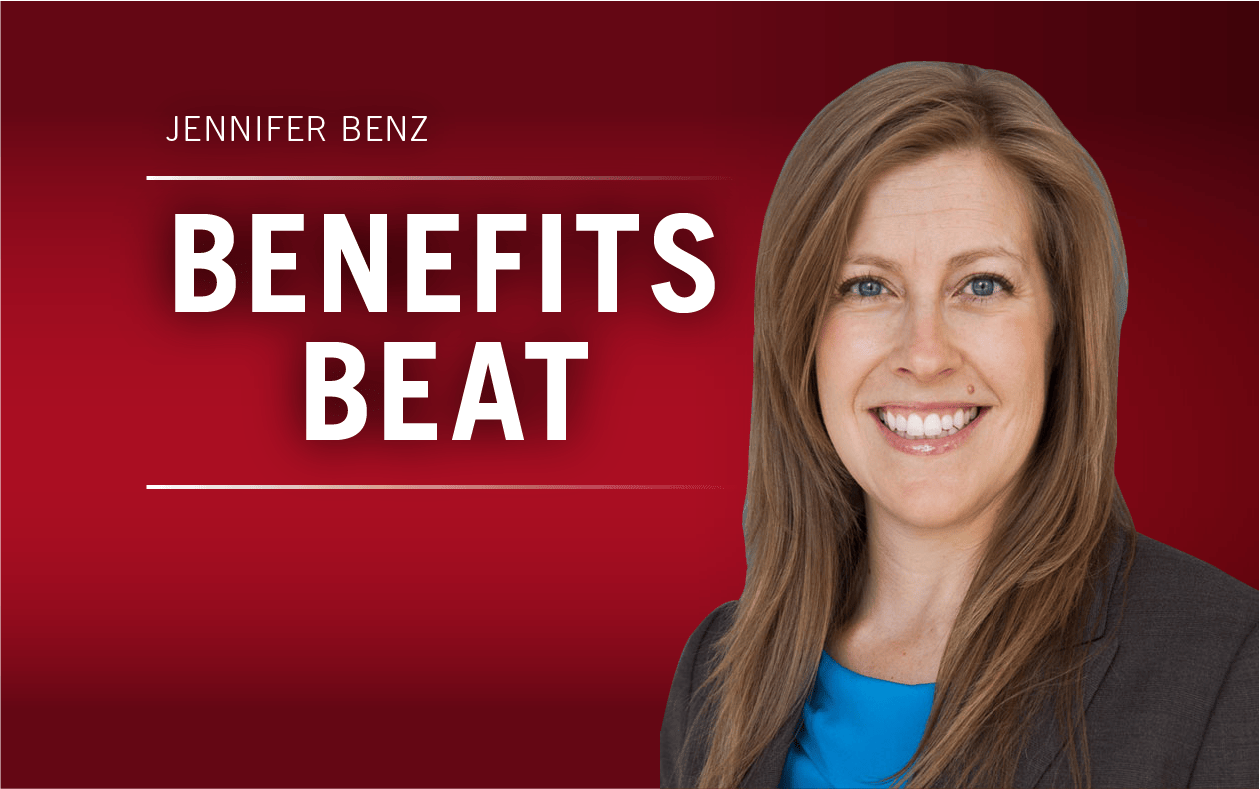Your time and attendance system does a vital job for the organization, keeping track of hours and saving managers time to do work that can’t be automated. But with so many software options to choose from, picking the right time and attendance management system for your organization can be complicated.
An HR technology expert spoke about what organizations should consider as they shop for a new time and attendance system.
Set guiding principles around time and attendance
Organizations must decide on these guiding principles before they seek out potential time and attendance management solutions, said Will Manuel, partner in Mercer’s Digital Practice. Questions to consider include:
- Do we want to use one system for everything?
- Do we want to use a system that can integrate with other HR or payroll software?
- Do we want to allow mobile or something that can only be accessed onsite?
Further, an organization must understand what makes it unique, Manuel said. Its geography, industry, employee composition and unique business needs will determine what kind of time and attendance system and features will be the best fit. Time and attendance is a functional area of workforce management that varies much more depending on these factors than other areas of human capital management like performance management, he added.
The employee composition aspect is important because full-time salaried employees generally have different leave and vacation policies than hourly employees, he added. A time and attendance system must be able to account for the types of employees an organization has and the types of leave they have access to.
Also read: Leave management should be as simple as submit, approve and hit the beach
Manuel also suggested that organizations should decide where the time will be calculated. Will it be in the time and attendance system or will it be simply recorded in that system and then calculated through the integrated payroll software?
“For the hourly population, it becomes a lot more complicated, because you’re calculating it by hourly rates, which may factor things like overtime. The complexity of the calculator sometimes goes beyond the basic time and attendance system,” he said.
Integrate when possible
Organizations generally want to adopt a time and attendance management system that can integrate with payroll systems, Manuel said. This allows the company to access much more robust data and analytics. Also, “you can make much more informed decisions around productivity measures and cost of labor when they are integrated into more of a single system,” he said.
Also read: A technology integration is an intervention to dissolve common payroll errors
“That doesn’t doesn’t mean data cannot be fed from a standalone time and attendance system into an HCM system, which would be able to provide that more robust set of data, analytics and reporting. It just should not be assumed that can happen,” he added. “You have to understand what is the time system and its capabilities, and what is the HR or payroll system and its capabilities.”
As a guiding principle, one system that meets an organization’s requirements is better than using two systems, he said. But what it ultimately comes down to is the company’s unique use cases and if a single system can handle everything that is needed to support the business. Sometimes, multiple standalone systems will fit these needs better.
Growing trends in time and attendance
Labor forecasting is the major trend to keep an eye on in time and attendance management, Manual said. It helps guide managers by providing actionable insights on how to improve their scheduling.
There are also solutions that have come out to minimize flukes like payroll leakage and buddy punching, he added. “But it’s really the reporting and analytics that is what’s helping to differentiate the best in breed,” he said.
Look to your future needs, not just your present ones
One mistake organizations make when picking out a new software system is only considering their present needs, Manuel said. “They also need to look at where they think their workforce composition is going to be and what they may need three or five years down the road from now.”
The norm for time and attendance systems may change in the next few years, he added. Looking forward allows organizations to “see the picture beyond time and attendance and more the employee experience and what the [system] needs to support the business.”

The simple question to ask is, “Will my workforce composition be the same as today in three to five years?” If the answer is that it will look different, organizations should consider the ramifications of choosing the time and attendance system they chose.
The risks of picking a system that can’t adapt to your unique needs
Again, organizations should understand what makes them unique, and the right time and attendance system will be able to address these needs. It helps ensure there are no surprises, Manuel said.
“I’ve unfortunately seen it too often where something is selected, but it can’t configure to the handful of complex rules. And therefore [the organization] has to change the business to fit the time system as opposed to the time system supporting the business,” he added.
He gave the example of XYZ unions, for which there are a number of complex calculations based on factors like how long an employee has worked, what union they belong to and what their hourly rate is. Also, they may be working different shifts and have varying rates.
“Calculations can be pretty complex for certain groups, and you need to make sure that if you’ve got complex calculations, the system can handle it,” he said. “Don’t just assume that the system can handle it because somebody said it could. Assume that the system can handle it because somebody showed you it could handle it. Rely on ‘show me,’ not ‘tell me.’ ”



